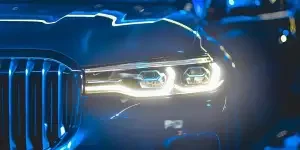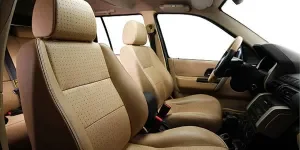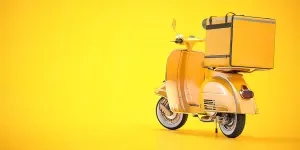Table of Contents
1. Introduction
2. Exploring car window types and their uses
3. Market insights and emerging trends
4. Essential considerations for choosing car windows
5. Top car window models and their standout features
6. Conclusion
Introduction
Selecting the right car windows in 2024 is crucial for enhancing vehicle performance, safety, and comfort. High-quality car windows offer numerous benefits, including improved heat rejection, UV protection, and glare reduction. These features not only protect passengers from harmful sun rays but also maintain a cooler interior, contributing to overall driving comfort. Moreover, advancements in window technology, such as nano-ceramic films, provide enhanced durability and clarity, ensuring long-lasting performance. For those purchasing on behalf of their companies, understanding the latest car window options can lead to better investment decisions, ensuring vehicles are equipped with the best products available in the market.
Exploring car window types and their uses
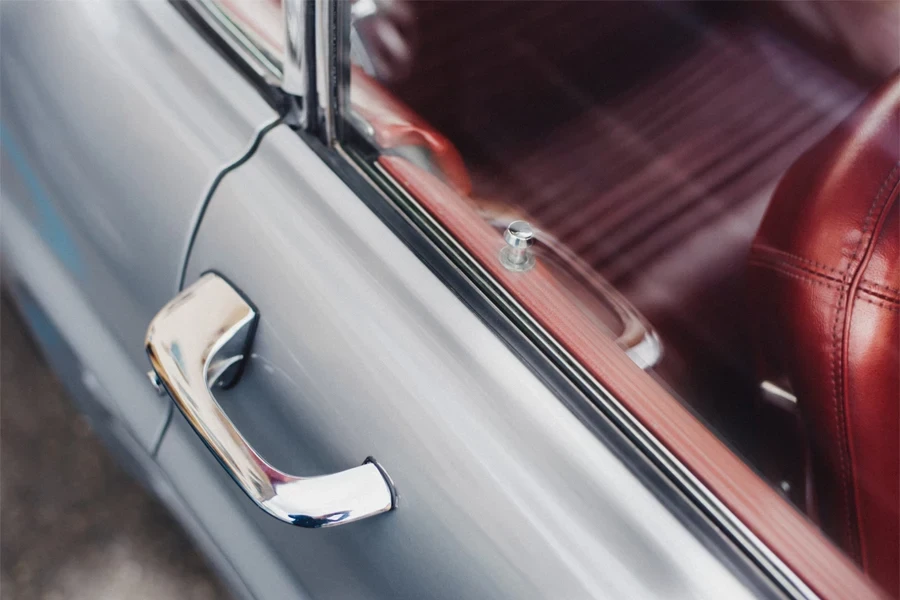
Car windows play a crucial role in vehicle performance, safety, and comfort. Understanding the different types of car windows and their specific uses is essential for making informed decisions. This section delves into the various types of car windows available in 2024 and their unique benefits.
2.1 Laminated vs. tempered glass
Laminated and tempered glass are two primary types of car windows, each offering distinct advantages.
Laminated glass consists of two layers of glass with a layer of plastic in between. This construction provides superior safety benefits, as the glass adheres to the plastic layer upon impact, preventing shattering and reducing the risk of injury. Additionally, laminated glass offers excellent sound insulation, making for a quieter cabin. Its durability and ability to block UV rays add to its appeal, making it a popular choice for windshields.
Tempered glass, on the other hand, is heat-treated to increase its strength. When broken, it shatters into small, blunt pieces, reducing the risk of serious injury. This makes tempered glass ideal for side and rear windows, where high impact resistance is crucial. Its cost-effectiveness and ease of replacement further enhance its suitability for these applications.
2.2 Factory-tinted vs. aftermarket-tinted windows
Tinted windows offer both aesthetic and functional benefits, and they come in two main types: factory-tinted and aftermarket-tinted.
Factory-tinted windows are integrated during the manufacturing process, ensuring a uniform appearance and adherence to safety standards. These tints typically provide a moderate level of UV protection and heat rejection, which enhances passenger comfort and protects the interior from sun damage. Factory-tinted windows are an excellent choice for those seeking a hassle-free option with consistent quality.
Aftermarket-tinted windows, applied post-manufacture, offer greater customization options. They allow vehicle owners to choose the tint level and type that best suits their needs. For instance, nano-ceramic tints, a popular aftermarket choice, provide superior heat rejection and UV protection without interfering with electronic signals. This makes them ideal for modern vehicles equipped with advanced technology. Additionally, aftermarket tints can be tailored to meet specific legal requirements in different regions.
Both factory-tinted and aftermarket-tinted windows have their unique advantages. Factory-tinted options offer reliability and standard compliance, while aftermarket tints provide customization and advanced performance features. Understanding the differences between these types and their respective benefits can guide decision-making for selecting the best car windows in 2024.
Market insights and emerging trends
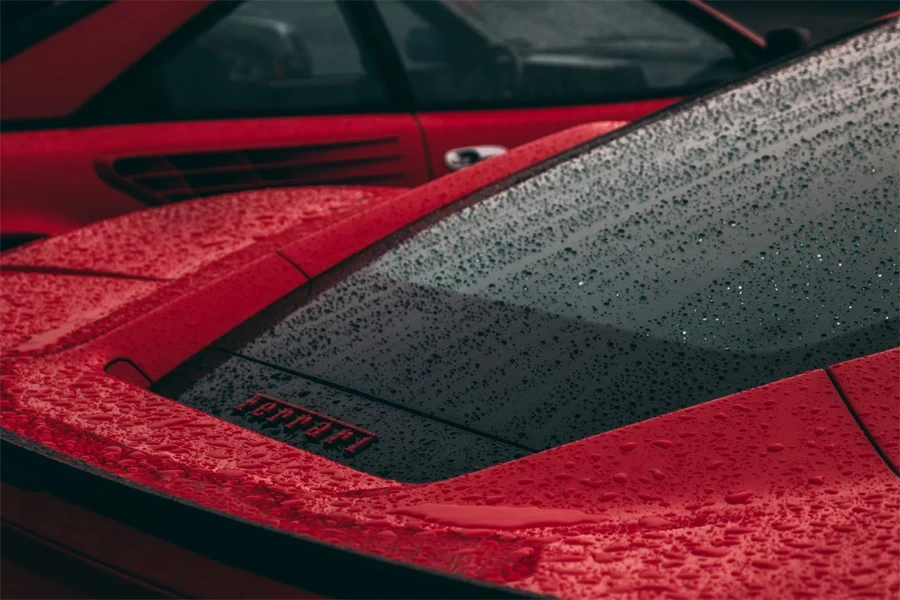
Understanding the current market landscape and emerging trends in the car window industry is essential for making informed decisions. This section provides a detailed overview of the market size, technological advancements, and consumer preferences shaping the future of car windows.
3.1 Current market size and growth
The global automotive glass market was valued at USD 30.8 billion in 2022 and is projected to grow at a compound annual growth rate (CAGR) of 5.1% from 2023 to 2030. This growth trajectory indicates a robust demand for automotive glass, driven by the increasing production of lightweight and electric vehicles. The emphasis on reducing vehicle emissions has led to a higher penetration of glass in automotive manufacturing, particularly in regions like China and India, where government initiatives are bolstering the automotive sector. In 2022, global automobile production reached 85.02 million vehicles, underscoring the significant volume and demand for automotive glass products.
The market’s expansion is driven by increased production of lightweight and electric vehicles, aiming to reduce vehicle emissions and enhance fuel efficiency. Significant growth is also observed in regions like China and India, where governmental initiatives are bolstering the automotive sector.
3.2 Technological advancements
Technological innovations are transforming the automotive glass industry, introducing advanced products that enhance vehicle safety, comfort, and functionality. One notable advancement is the use of nano-ceramic films, which offer superior heat rejection and UV protection without interfering with electronic signals. This technology is particularly beneficial for modern vehicles equipped with advanced electronics.
Another cutting-edge development is the integration of solar panels into automotive glass. For instance, the Lightyear One, an electric car prototype, features five square meters of integrated solar cells beneath the roof and hood, providing a sustainable energy source.
3.3 Consumer preferences
Consumer preferences are significantly influencing the car window market. There is a growing demand for features that enhance passenger comfort and vehicle aesthetics. For example, the popularity of sunroofs has surged in recent years, driven by consumer desire for luxury and improved ventilation. Manufacturers are responding by incorporating high-quality laminated glass in sunroofs to provide better safety and durability.
Moreover, there is a noticeable trend towards personalized and customizable window tints. Consumers are increasingly opting for aftermarket tints that offer specific benefits such as enhanced privacy, improved glare reduction, and superior UV protection. This shift is partly due to the availability of advanced tinting options like nano-ceramic films, which meet these demands effectively.
Essential considerations for choosing car windows
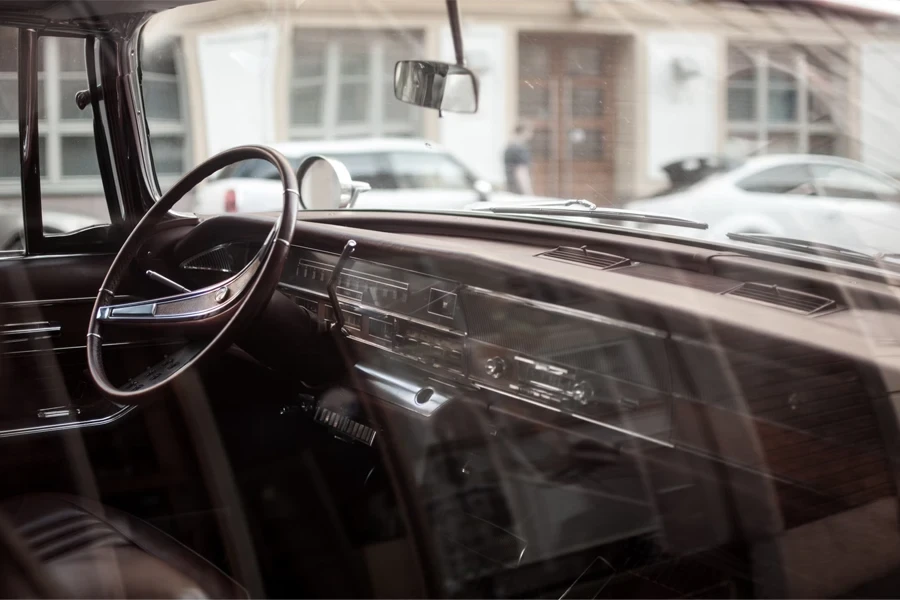
Choosing the right car windows involves considering several critical factors that impact safety, comfort, and compliance. This section outlines key considerations to help make informed decisions.
4.1 Heat rejection and UV protection
Heat rejection and UV protection are crucial features of car windows, significantly enhancing passenger comfort and safeguarding the vehicle’s interior. High-quality window tints, such as those using nano-ceramic films, can block up to 99% of UV rays and reduce heat absorption by up to 50%. This not only keeps the car cooler, reducing the need for air conditioning, but also protects passengers from harmful ultraviolet radiation, which can cause skin damage. Additionally, effective heat rejection helps prevent fading and cracking of the car’s interior materials, thereby maintaining the vehicle’s aesthetic appeal and resale value.
4.2 Durability and warranty
Durability is a vital aspect of car windows, ensuring long-term performance and safety. Laminated glass, with its multi-layer construction, offers superior durability and resistance to shattering. Tempered glass, known for its strength, is designed to break into small, blunt pieces, reducing the risk of injury. When selecting car windows, it is essential to consider the warranty provided by the manufacturer. Comprehensive warranties typically cover defects in materials and workmanship, offering peace of mind and protection against unexpected expenses. For instance, some high-end window tints come with warranties lasting up to 10 years, ensuring long-term reliability.
4.3 Legal regulations
Legal regulations regarding car window tints vary by region and must be adhered to avoid penalties. Most states and countries have specific laws that dictate the allowable Visible Light Transmission (VLT) percentages for different windows. For example, front side windows may be required to have a VLT of 30-50%, allowing sufficient light into the vehicle while providing some level of privacy and glare reduction. It is crucial to check local regulations before applying tints to ensure compliance. Websites like windowtintlaws.us provide detailed information on state-specific laws, helping buyers make informed choices.
4.4 Installation and maintenance
The installation and maintenance of car windows are critical to their performance and longevity. Professional installation is often recommended, especially for advanced tints like nano-ceramic films, to ensure a perfect fit and optimal performance. However, for those opting for DIY installation, using precut kits can simplify the process. Proper installation involves cleaning the windows thoroughly, using a soap-and-water solution, and applying the film carefully to avoid bubbles and creases. Maintenance of tinted windows includes regular cleaning with non-abrasive solutions and avoiding the use of ammonia-based cleaners, which can degrade the tint film.
Top car window models and their standout features

When selecting car windows, it’s essential to consider the best models on the market. This section explores five top car window models, highlighting their unique features and benefits.
5.1 ClearPro P80 PRO
The ClearPro P80 PRO stands out for its high-tech features and exceptional performance. This model offers remarkable light transmission, allowing natural light to enter the vehicle while maintaining privacy. It excels in heat rejection, significantly reducing the car’s interior temperature. The P80 PRO uses advanced nano-ceramic technology, which provides up to 99% UV protection, safeguarding passengers from harmful ultraviolet rays. Additionally, this model is designed for durability, ensuring long-lasting performance without discoloration or bubbling over time.
5.2 LLumar CTX series
The LLumar CTX series is renowned for its advanced ceramic technology, offering superior UV protection and heat rejection. This series features a non-metallic construction, which means it won’t interfere with electronic signals, making it ideal for modern vehicles equipped with GPS, satellite radio, and mobile devices. The CTX series also enhances driving comfort by reducing glare and maintaining a stable internal temperature. The durability of the ceramic material ensures that the tint retains its effectiveness and appearance over the years.
5.3 3M Crystalline series
The 3M Crystalline series is a top choice due to its multi-layer optical film technology. This series provides excellent heat rejection and UV protection, blocking up to 99.9% of harmful UV rays. The Crystalline series also offers a high visible light transmission, allowing natural light into the vehicle while providing significant heat reduction. Its unique construction helps keep the car cooler, enhancing passenger comfort and protecting the interior from sun damage. The 3M Crystalline series is also known for its clarity and color stability, ensuring it remains aesthetically pleasing and effective throughout its lifespan.
5.4 XPEL PRIME XR Plus
XPEL PRIME XR Plus utilizes advanced nano-ceramic technology to deliver outstanding performance. This model is particularly effective at glare reduction and offers superior heat rejection, making it one of the best options for maintaining a cool and comfortable vehicle interior. The PRIME XR Plus provides up to 99% UV protection, significantly reducing the risk of skin damage and protecting the car’s interior materials from fading. Its non-metallic construction ensures no interference with electronic devices, making it an excellent choice for modern vehicles. Additionally, the PRIME XR Plus is designed to be durable, resisting discoloration and maintaining its performance over time.
5.5 Hüper Optik Ceramic series
The Hüper Optik Ceramic series is impressive for its infrared-blocking properties, which enhance heat rejection and improve overall driving comfort. This series uses advanced ceramic materials that provide excellent UV protection, blocking up to 99% of harmful rays. The non-metallic construction ensures no signal interference, making it suitable for vehicles with advanced electronic systems. The Hüper Optik Ceramic series is also known for its durability and scratch resistance, ensuring the tint remains effective and attractive for years. Its ability to maintain a stable internal temperature helps reduce the need for air conditioning, enhancing fuel efficiency.
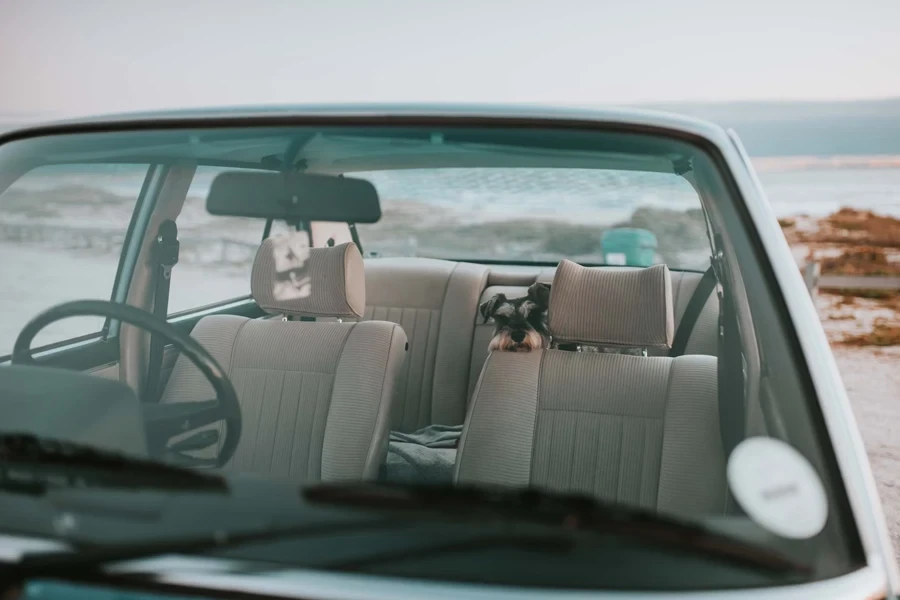
Conclusion
Selecting the best car windows in 2024 involves understanding the diverse types and their specific uses, recognizing market trends, and considering essential factors like heat rejection, UV protection, durability, and legal regulations. Leading models such as ClearPro P80 PRO, LLumar CTX series, 3M Crystalline series, XPEL PRIME XR Plus, and Hüper Optik Ceramic series offer advanced technologies that enhance vehicle performance, safety, and comfort. By staying informed about these options and their unique benefits, business professionals can make well-informed decisions that ensure optimal investment and satisfaction in the evolving automotive market.
